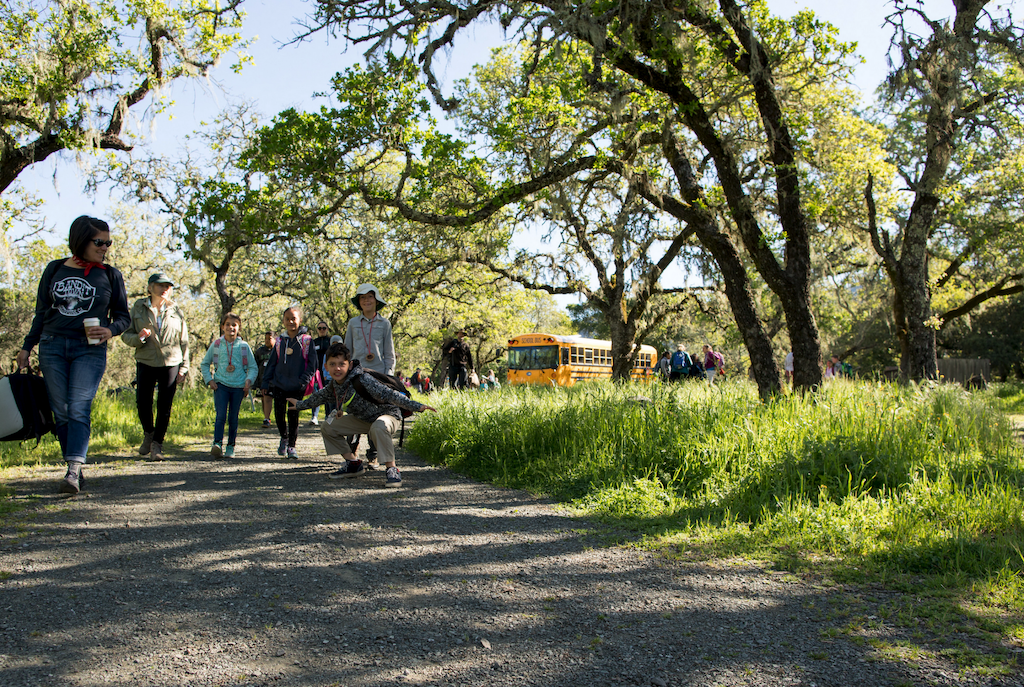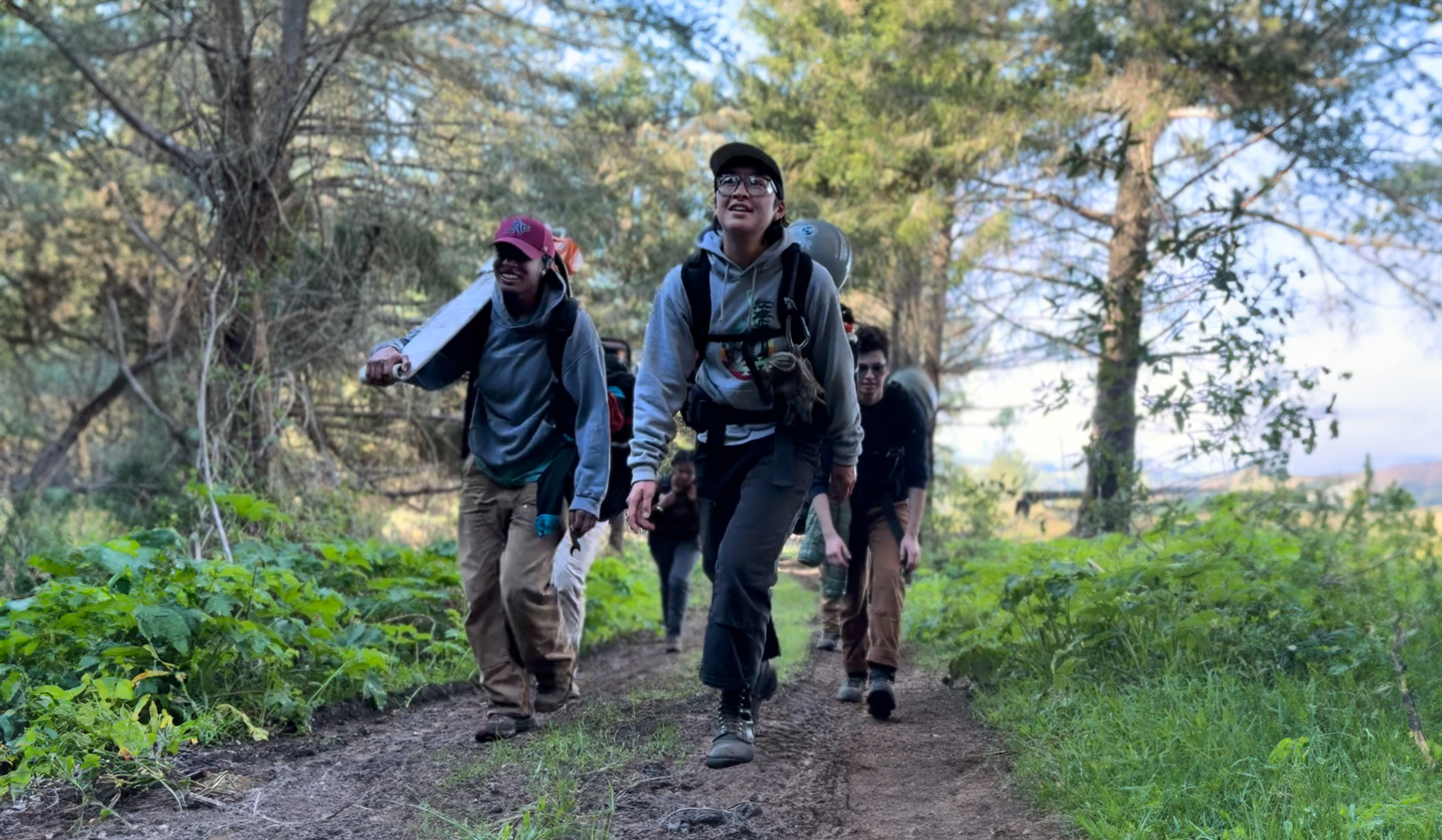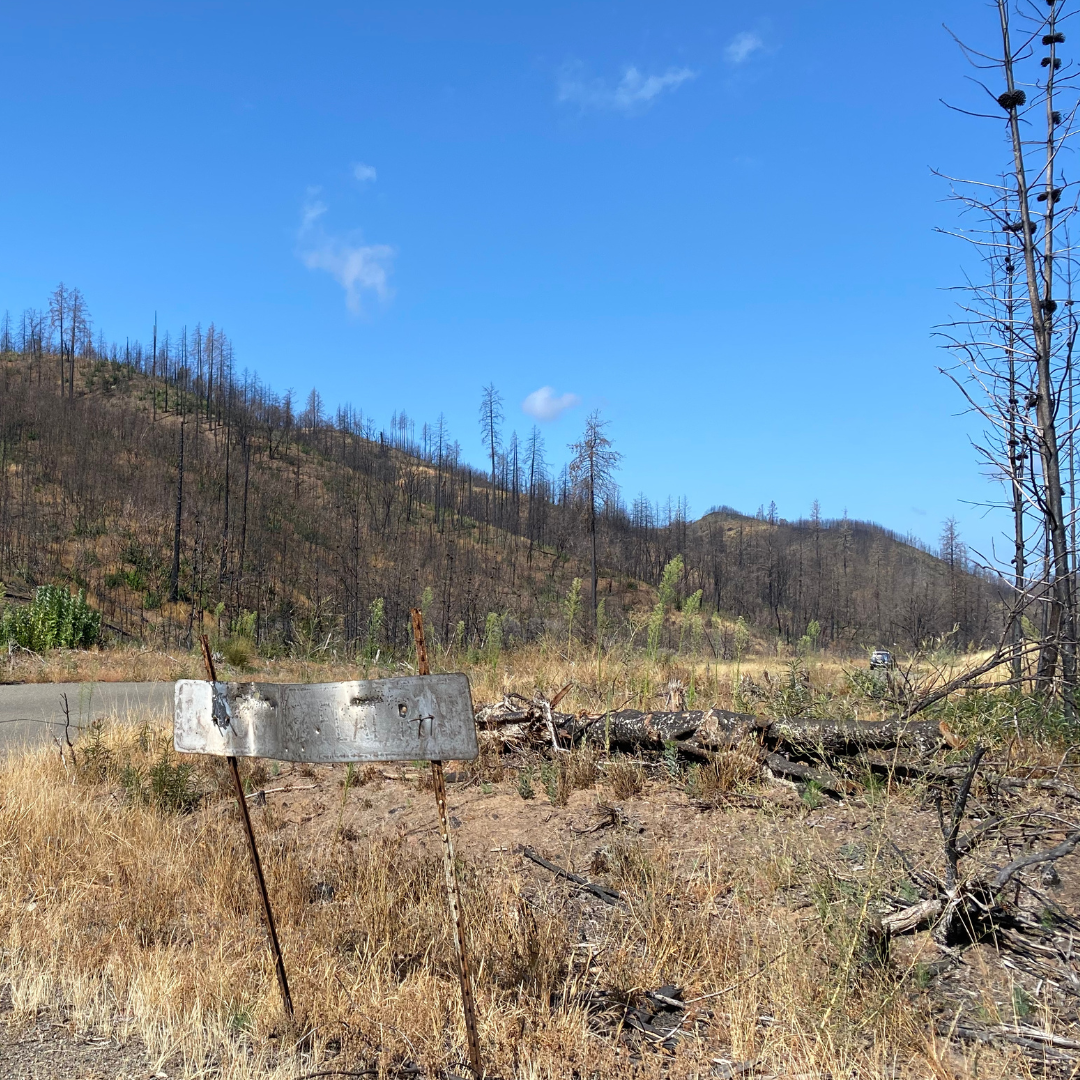Submitted by Nils Warnock on March 11, 2020 – 3:12pm
The Long-billed Curlew is listed as a Bird Species of High Concern by the U.S. Fish and Wildlife Service as well as a Species of Special Concern in Canada. Some populations have declined dramatically in recent decades, with threats from loss of breeding habitat, especially grassland habitat, urbanization of agricultural habitat, and hunting.
Over the last 15 years, many collaborators, including ACR’s Nils Warnock, have been using lightweight satellite transmitters to track curlews from a variety of breeding and wintering areas and have achieved impressive coverage that spans most breeding states and provinces and most of the wintering range.
However, a large knowledge gap remains along the coast of California where many curlews winter but few of previously tracked birds have been documented. Now ACR is helping to fill this gap in a collaborative study with Dr. Autumn-Lynn Harrison of the Smithsonian Migratory Bird Center (https://nationalzoo.si.edu/migratory-birds), David Newstead of the Coastal Bend Bays and Estuaries Program (Texas), and Dr. Jay Carlisle of Boise State University’s Intermountain Bird Observatory.
In February, with assistance from colleagues above, ACR researchers Nils Warnock, Scott Jennings, and David Lumpkin helped capture two curlews at Limantour Beach and fitted them with 9.5 g solar-powered satellite tags.
We look forward to tracking these curlews to breeding areas to see where they fit in the larger picture of migratory connectivity for the species (for some recent movement data on curlews see https://www.boisestate.edu/ibo/curlews/).






ACR Avian Ecologist David Lumpkin releases a Long-billed curlew captured and tagged at Limantour Beach, Marin County on 2/20/20 for a GPS movement study.
video: Scott Jennings



